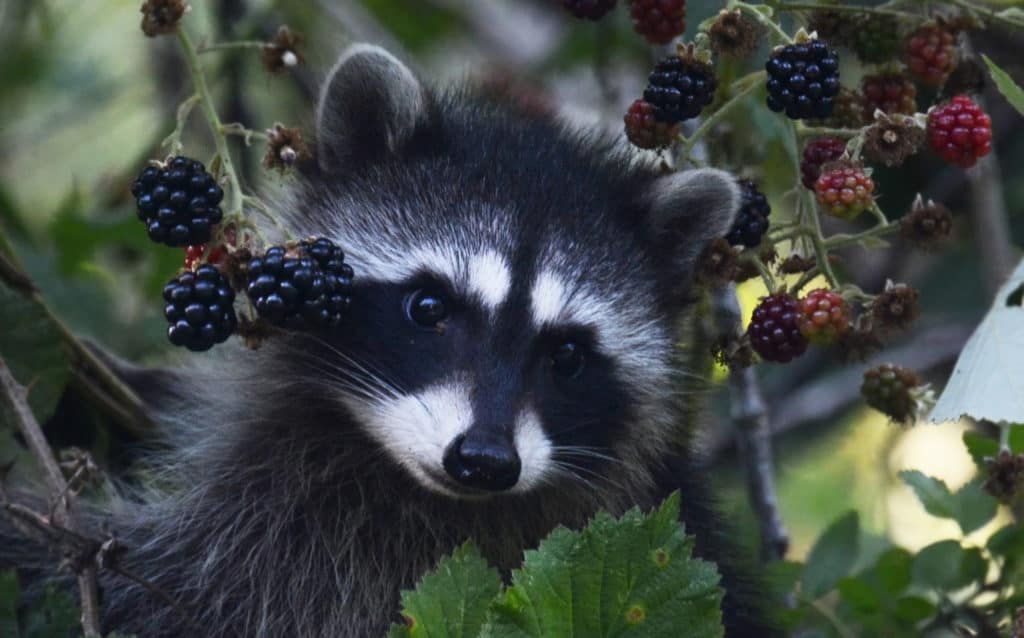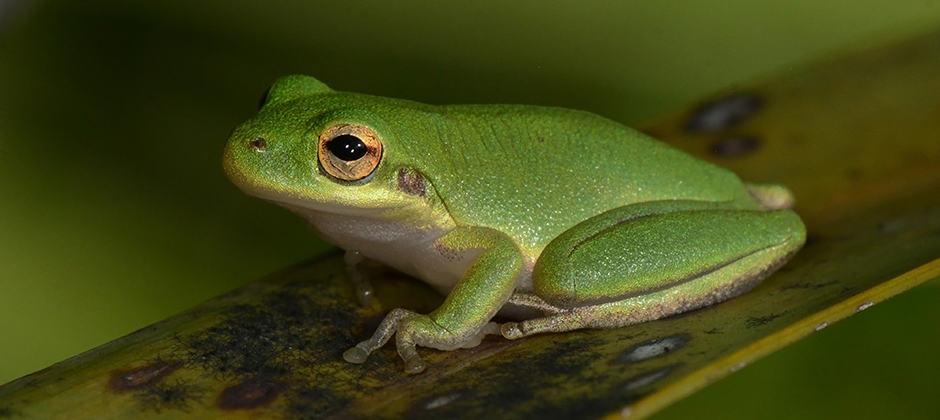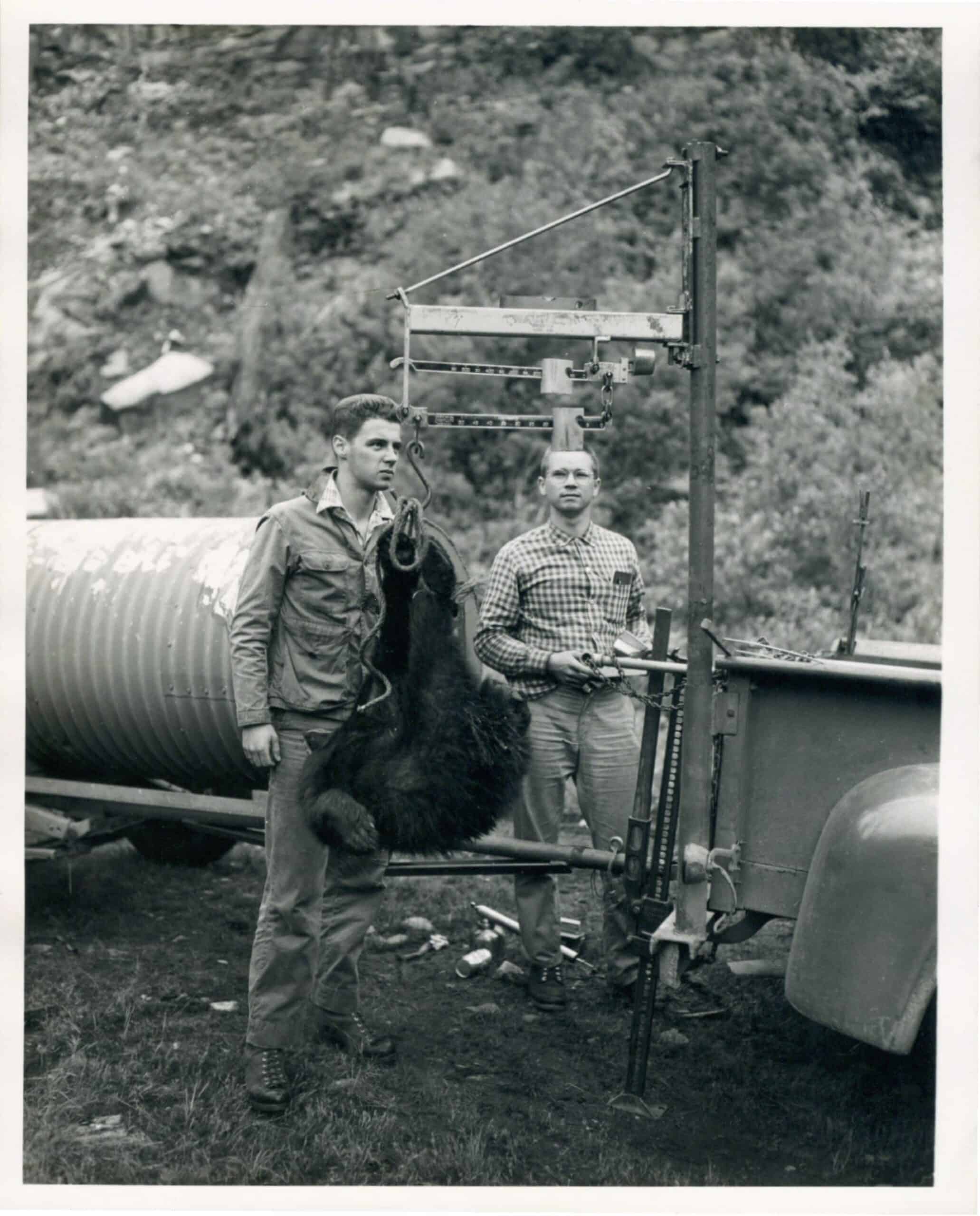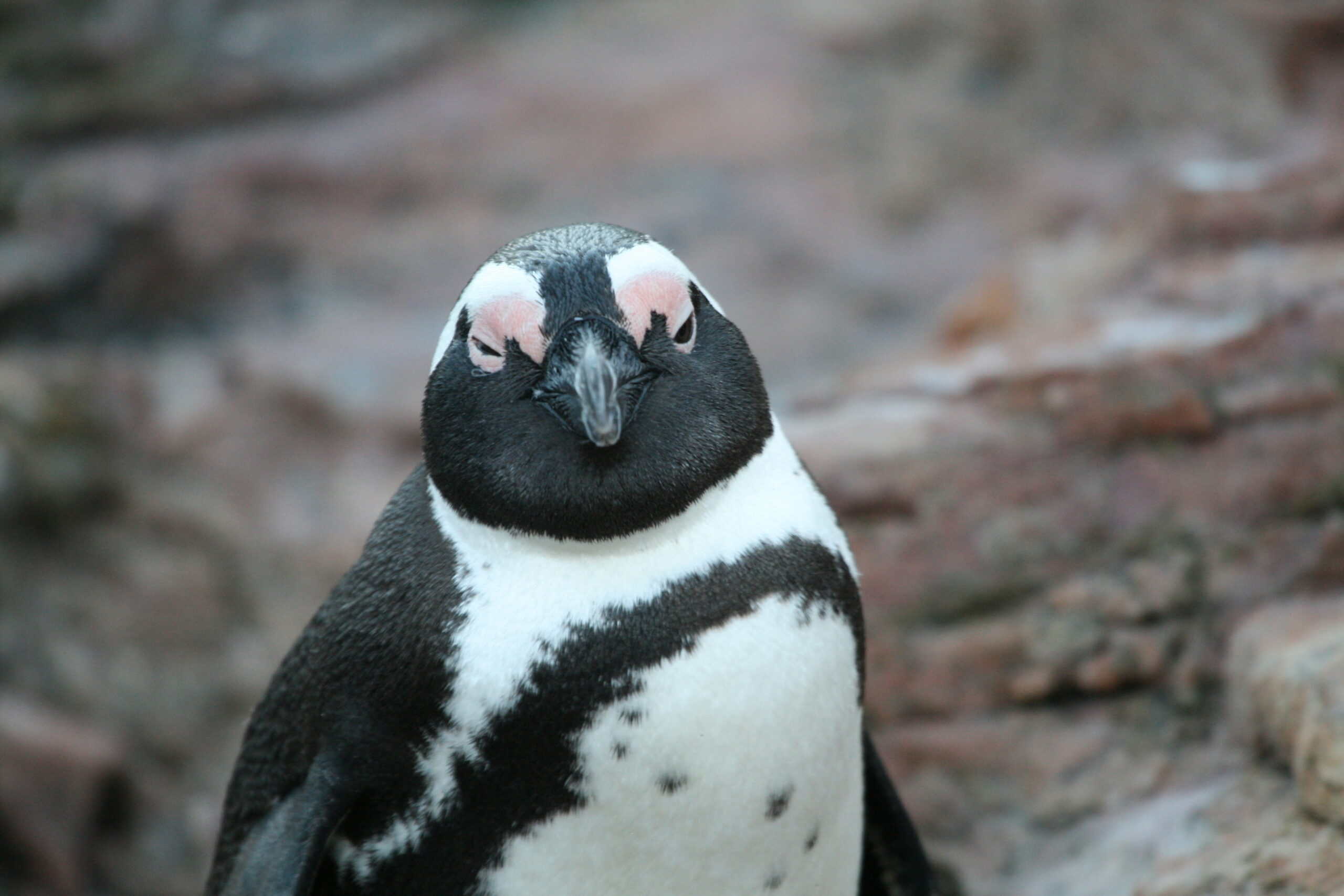Share this article
Changing climate may worsen wildlife disease outbreaks
Increasingly mild winters in cool climates can cause more disease outbreaks for cold-blooded wildlife, researchers found. And when tropical areas have unusual cold snaps, cold-blooded species there also have a higher risk of disease.
“This suggests that when conditions become unusual for that area, parasites gain an advantage over the host,” said Jeremy Cohen, a postdoctoral researcher at the University of Wisconsin-Madison who led the research published in Science while he was at the University of South Florida.
Cohen was studying chytrid fungus, which devastates amphibians around the globe, causing declines in many species. He was conducting experiments where he exposed the frogs to different temperatures to see how they responded to the fungus. “We noticed that across the board, we were seeing that the ones from the cooler climates, either on higher mountaintops or in northern latitudes, tended to do worse with outbreaks when it was relatively warm,” he said. On the other hand, he found, “lowland tropical frogs had the worst outbreaks when it was generally cold.”
Cohen wondered if this was true for other species and other diseases. The concept he wanted to look into is called the “thermal mismatch hypothesis.” It suggests that parasites have the advantage over the host under abnormal weather conditions, because parasites are able to acclimate and adapt to temperatures faster than their hosts. “That’s because parasites are smaller, so they have simpler physiological responses,” he said. They also have quick generation times and evolve faster than hosts. “We wanted to run with that idea and look at how it works across a larger set of parasites,” he said.

Red foxes are vulnerable to sarcoptic mange, caused by parasitic mites. Credit: Jeremy Cohen
Cohen and his colleagues scanned the literature for surveys on wildlife with diseases. They collected information about the specific locations and dates of wildlife disease surveys so they could independently gather short-term weather and long-term climate data for each survey. The team modeled information for 7,346 wildlife populations and 2,021 host-pathogen combinations around the world, including chytrid fungus and plague, which can severely affect prairie dogs. The models allowed them to understand how temperature affects disease outbreaks in different regions of the globe and project outbreaks based on future temperatures under climate change.
The team found that their hypothesis was true in some circumstances. For example, for cold-blooded animals, abnormally warm climates did cause more disease outbreak. For warm-adapted animals, outbreaks increased during cool periods but mildly decreased during warm periods.
This is likely because cold-blooded animals have less control of their body temperature than warm-blooded species, Cohen said. His team concluded that as climate change increases, hosts adapted to cooler climates may face greater increases in their risk of infectious disease outbreaks than those adapted to warmer climates.
The team found that the pattern was stronger for parasites directly transmitted to wildlife. For species that had an intermediate host, like a tick, it got a bit more complicated and the pattern wasn’t as strong.
Bacteria, virus, fungi and helminths (worm parasites) all have areas where they are projected to increase with climate change, but to varying extents. Fungi are expected not to do well in increasingly hot areas, for example, while helminths likely won’t decline much if it’s hot.

Raccoons are vulnerable to the bacterial disease leptospirosis. Credit: Jeremy Cohen
Overall, Cohen said the greatest increase in outbreaks will likely take place in northern temperate and boreal ecosystems that formerly had harsh winters and are now having milder ones. “Previously, a lot of these parasites were locked out of these areas because they were unable to proliferate quite as much, either because winters were too harsh or the summer growing seasons were too short,” he said. But with climate change, summers can allow more parasite reproduction and development can speed up as temperatures increase. “If you add all that up together, parasites become more abundant,” Cohen said.
This research can help managers and conservationists understand where mitigation measures for disease should take place, he said. Noting the recent COVID-19 pandemic, Cohen said the benefits don’t stop at wildlife. “Seventy-five percent of human infectious diseases come from wildlife,” he said.
Header Image: Squirrel treefrogs (Hyla squirella) are found primarily in the southeastern United States, but they are also an introduced species in the Bahamas. Researchers found that in lowland tropical areas, frogs typically had worse disease outbreaks when it was cold. Credit: Jeremy Cohen








